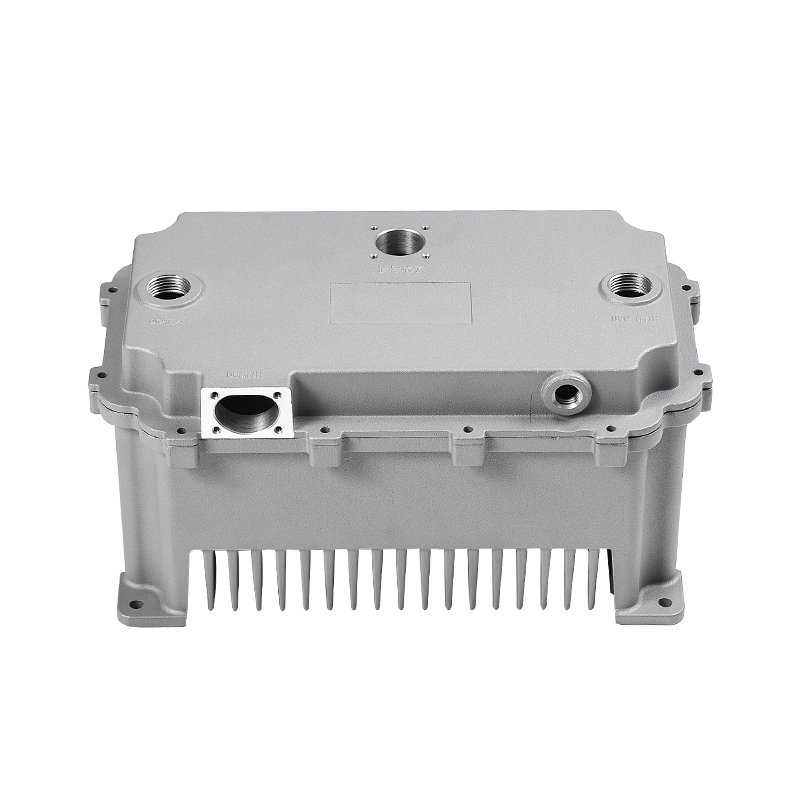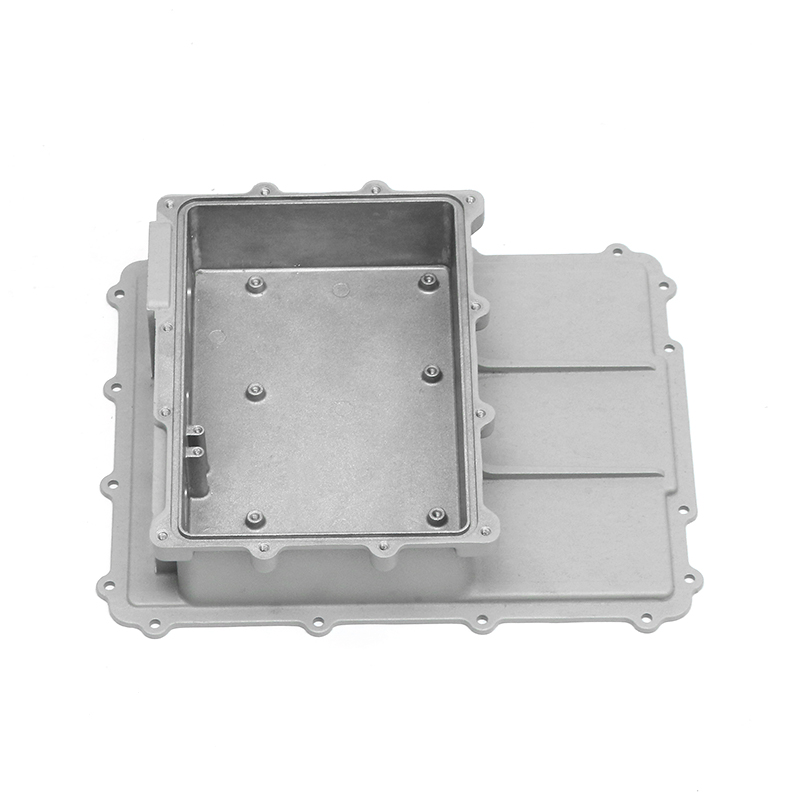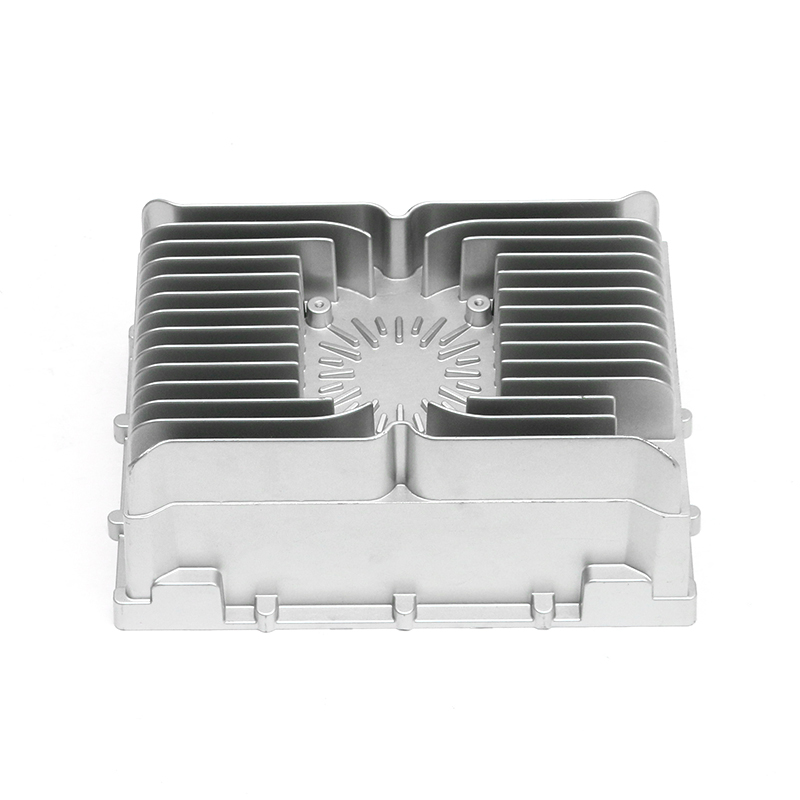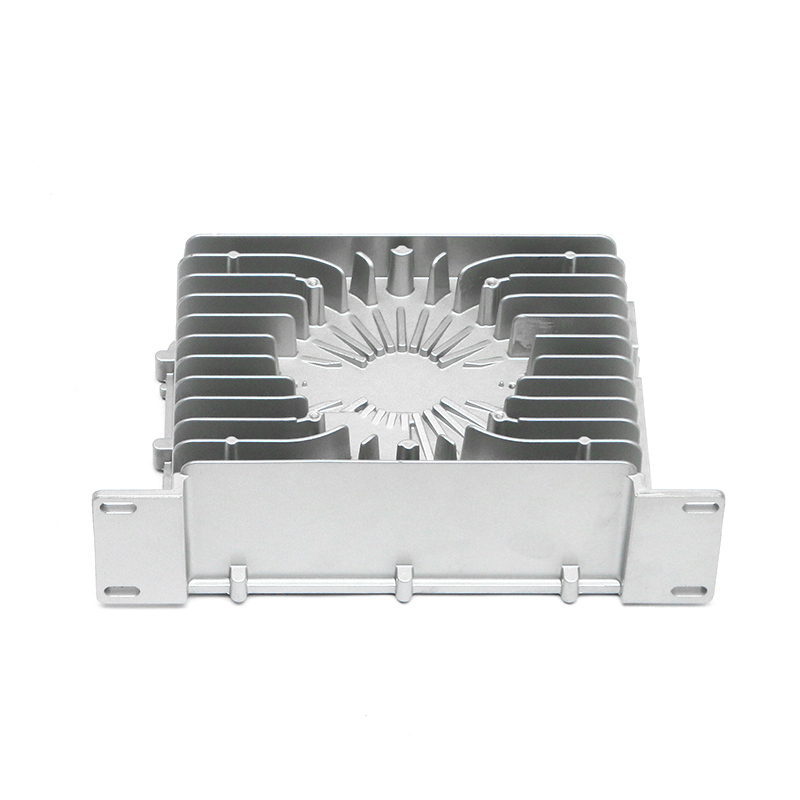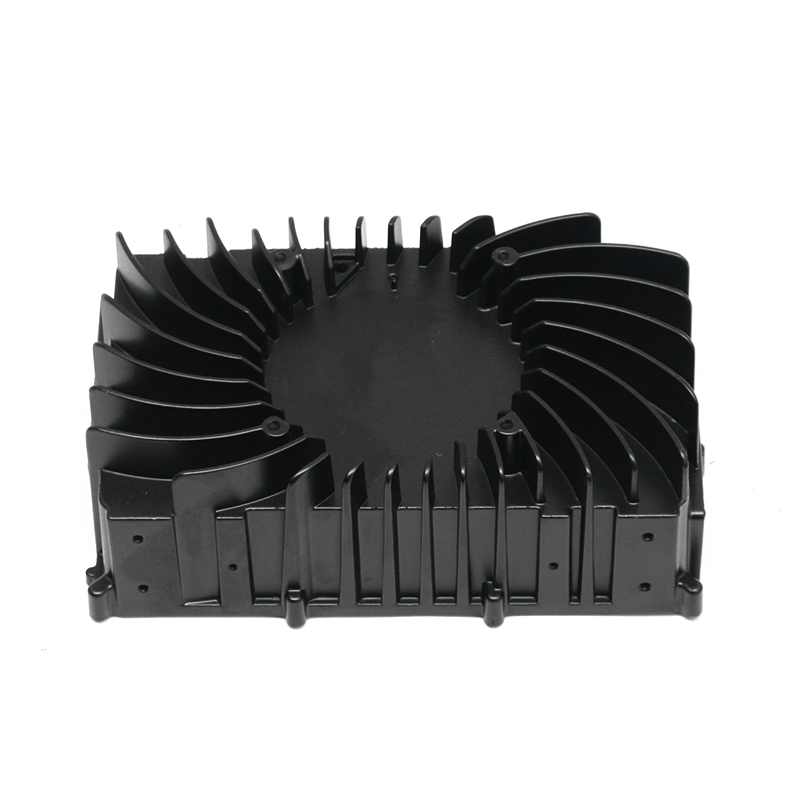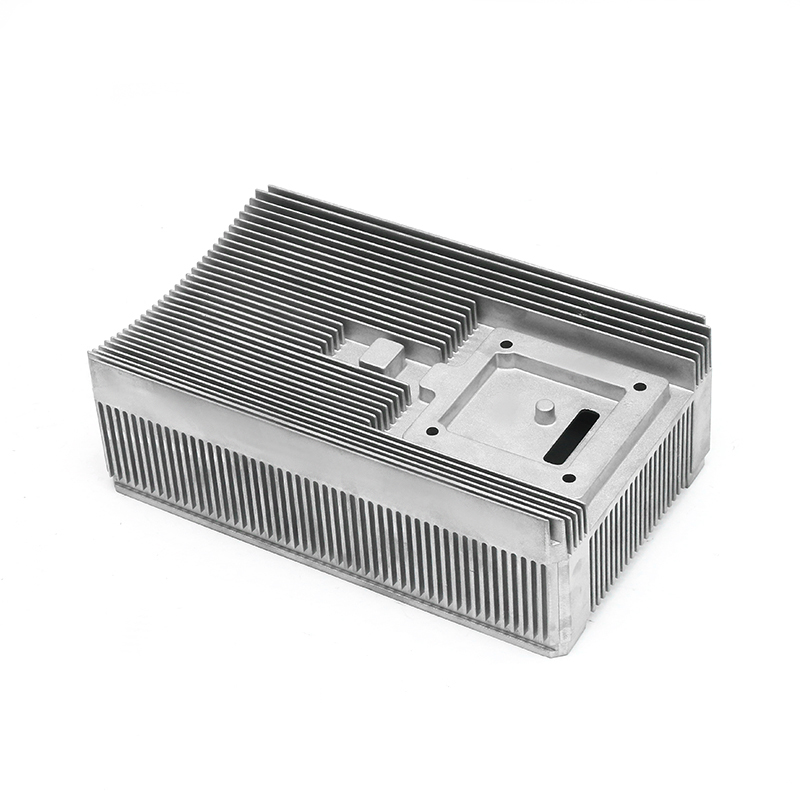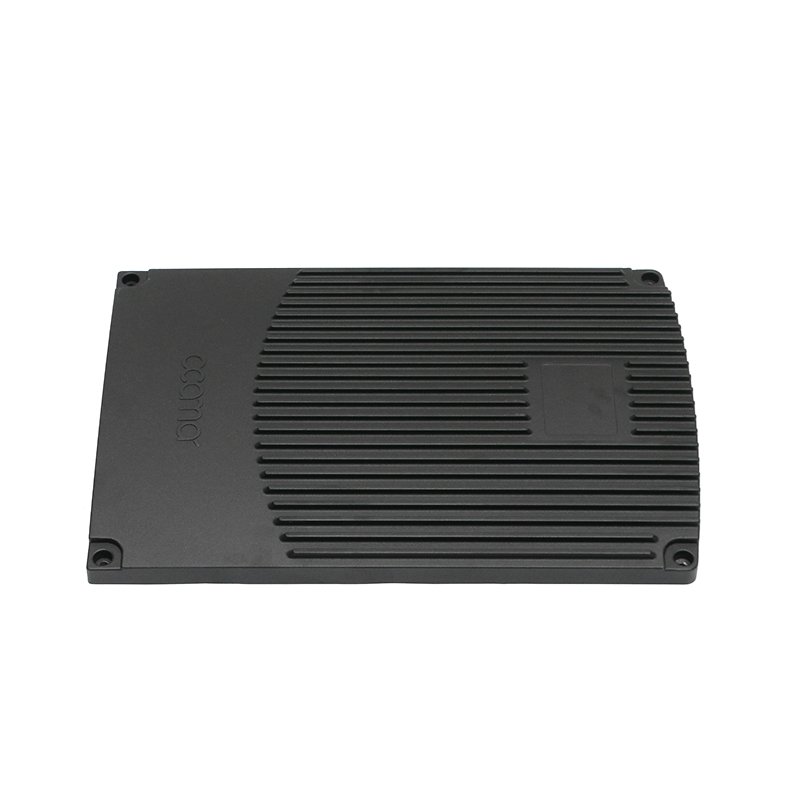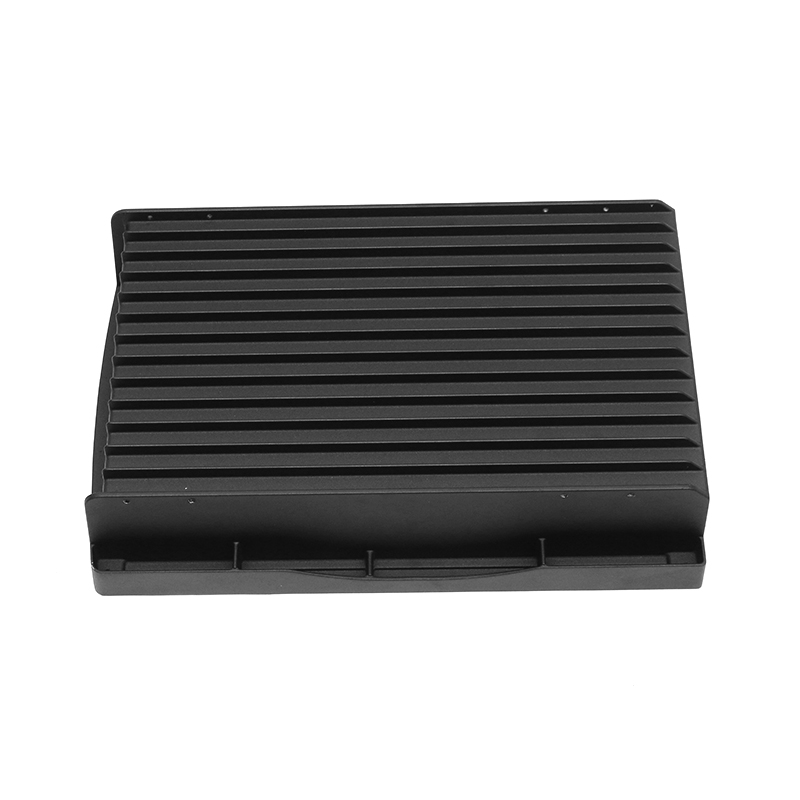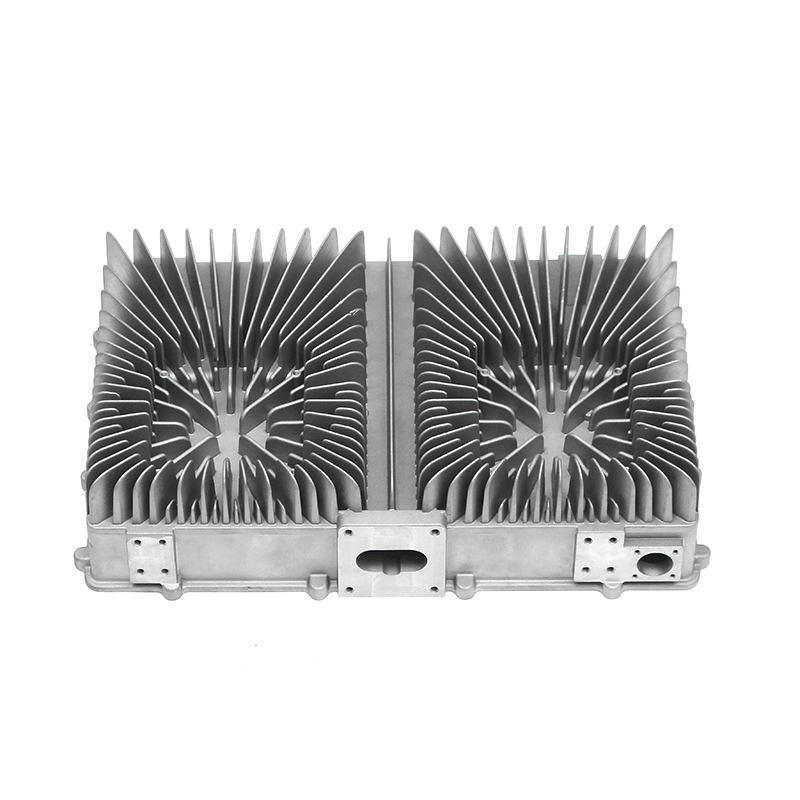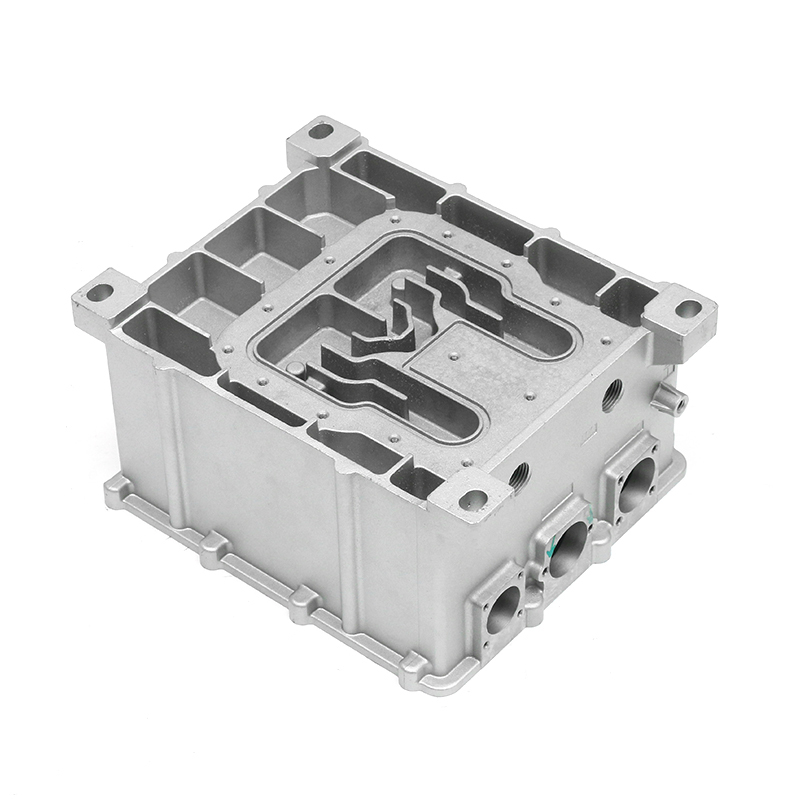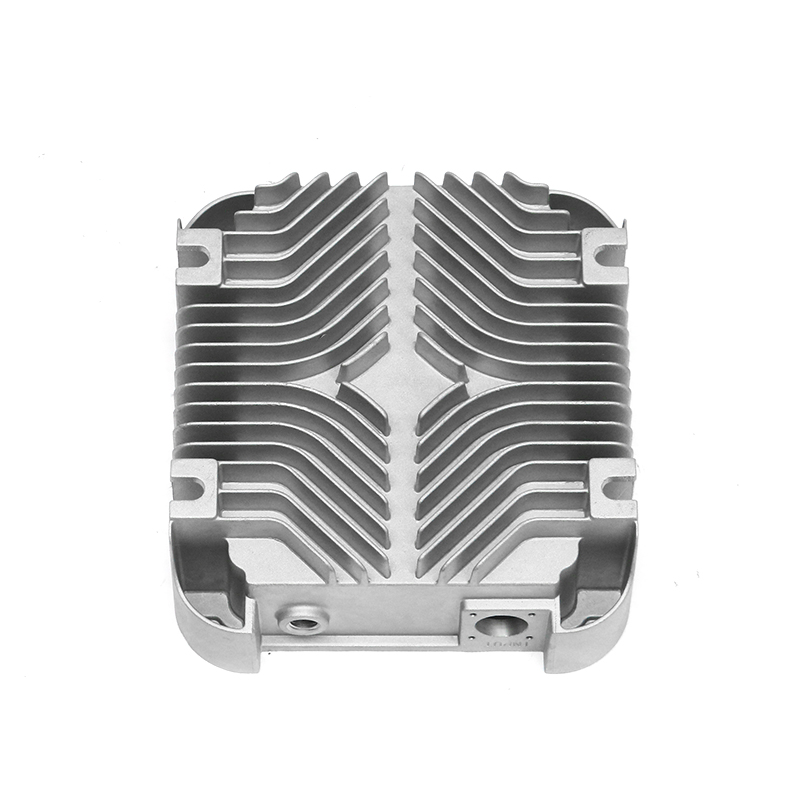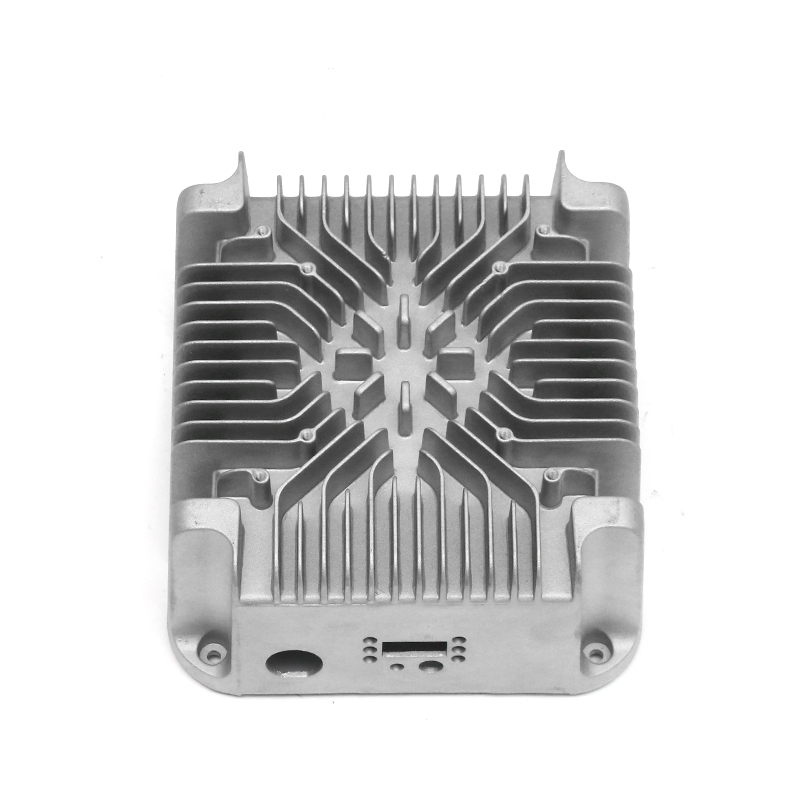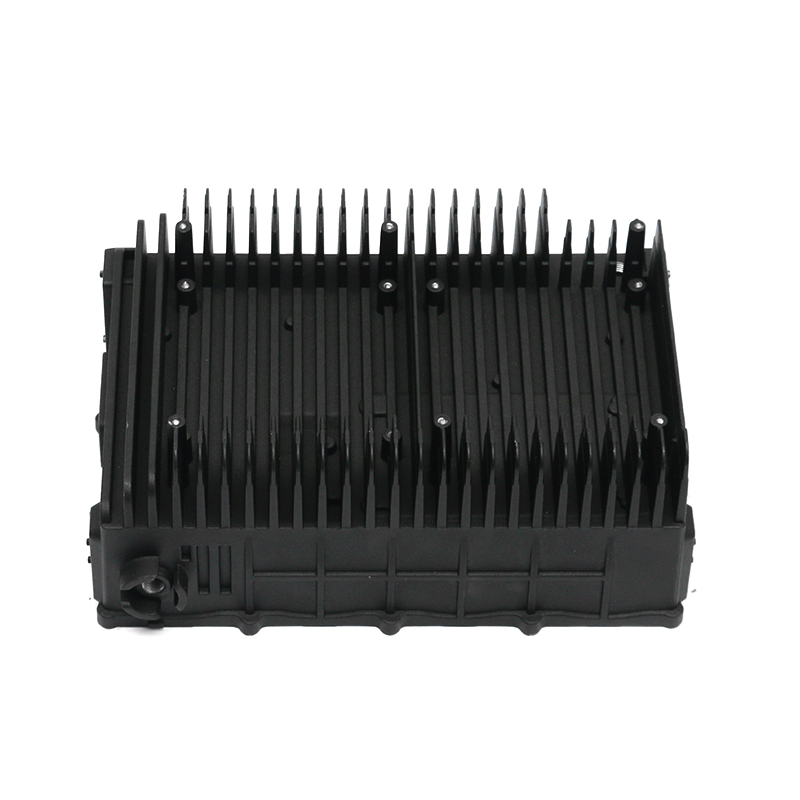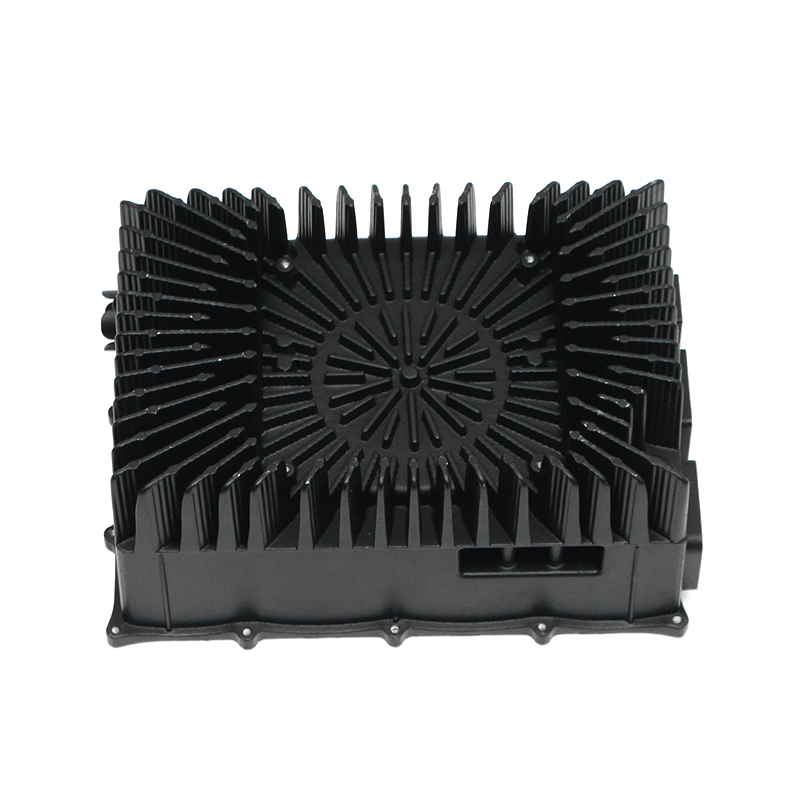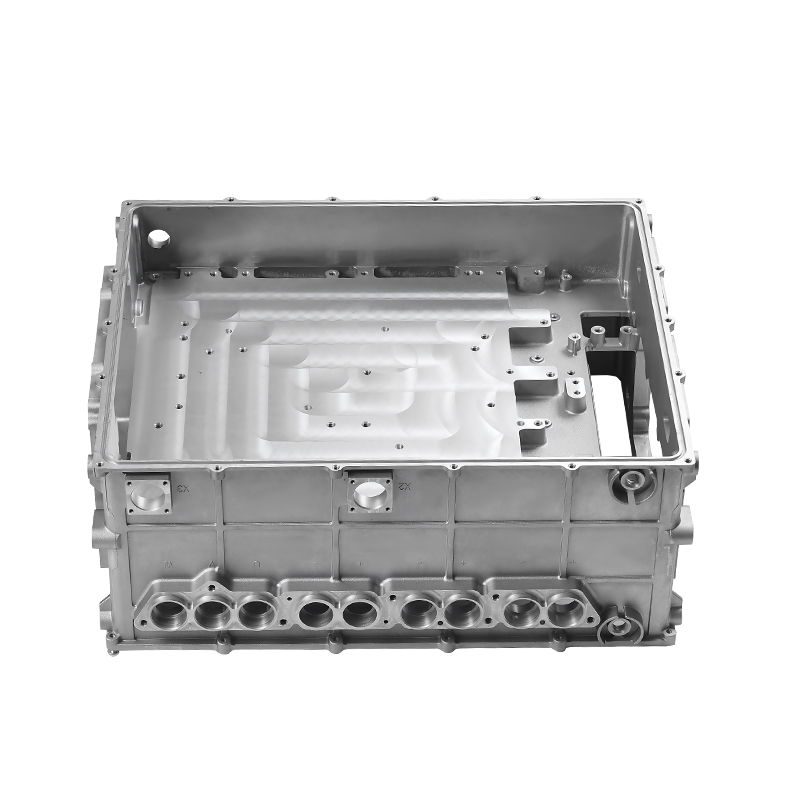Car engine block die casting is one of the core processes for manufacturing important parts of automobile engines. The durability and high precision of the mold are crucial to the quality of the final product. In order to ensure that the mold maintains good performance during the production process of high pressure, extreme temperature and complex shape, manufacturers need to take a series of effective measures.
The mold material is usually selected from alloy steel or other special steels with high strength, high heat resistance and corrosion resistance. The use of alloy steel can withstand long-term work under high temperature and high pressure without being easily deformed or damaged. By rationally selecting and optimizing materials, the durability of the mold can be effectively improved, thereby extending the service life of the mold, reducing the replacement frequency and production downtime.
In the design stage, engineers will make reasonable mold layout and cooling system design according to the complex shape and structural characteristics of the cylinder block. The cooling system of the mold is crucial because uniform cooling helps prevent the impact of temperature fluctuations on the quality of the casting and the life of the mold. If the cooling is uneven, the mold may experience local overheating or thermal expansion, resulting in dimensional deviation and cracks. By accurately designing the cooling channel and adopting efficient cooling technology, it can be ensured that the mold maintains a suitable operating temperature during the die casting process to avoid damage caused by overheating.
During the manufacturing process of the mold, precise processing technology can ensure that the size and shape of each part of the mold meet the design requirements. Precision processing technology includes CNC processing, grinding and other methods. These processes can ensure that each part of the mold has high precision and smooth surface, and reduce casting defects caused by size mismatch or surface roughness. In terms of mold surface treatment, commonly used processes include nitriding and chrome plating. These treatment methods can improve the hardness and wear resistance of the mold surface and reduce wear caused by friction during long-term use.
During the use of the mold, regular inspection and maintenance are also important measures to ensure its long-term use and high precision. As production proceeds, the mold will gradually show problems such as wear, aging, or cracks due to excessive pressure, so it needs to be inspected and repaired regularly. By establishing a complete mold maintenance plan and timely detecting the working status of the mold, it can be repaired before the problem becomes serious, avoiding production stagnation caused by mold damage. In addition, by monitoring the wear of the mold, it can provide a basis for the reprocessing and repair of the mold to ensure that the mold always maintains a high degree of precision.
